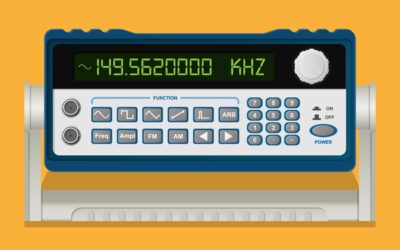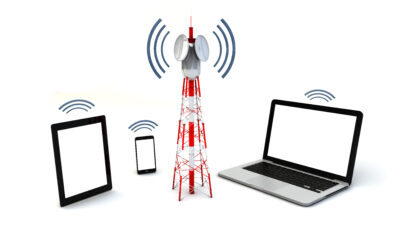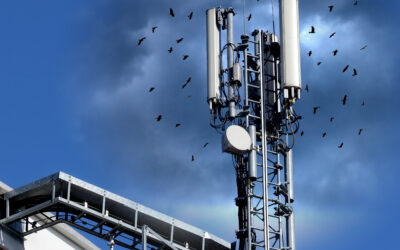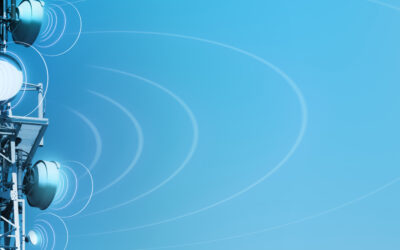How Roof Antennas May Be Dangerous
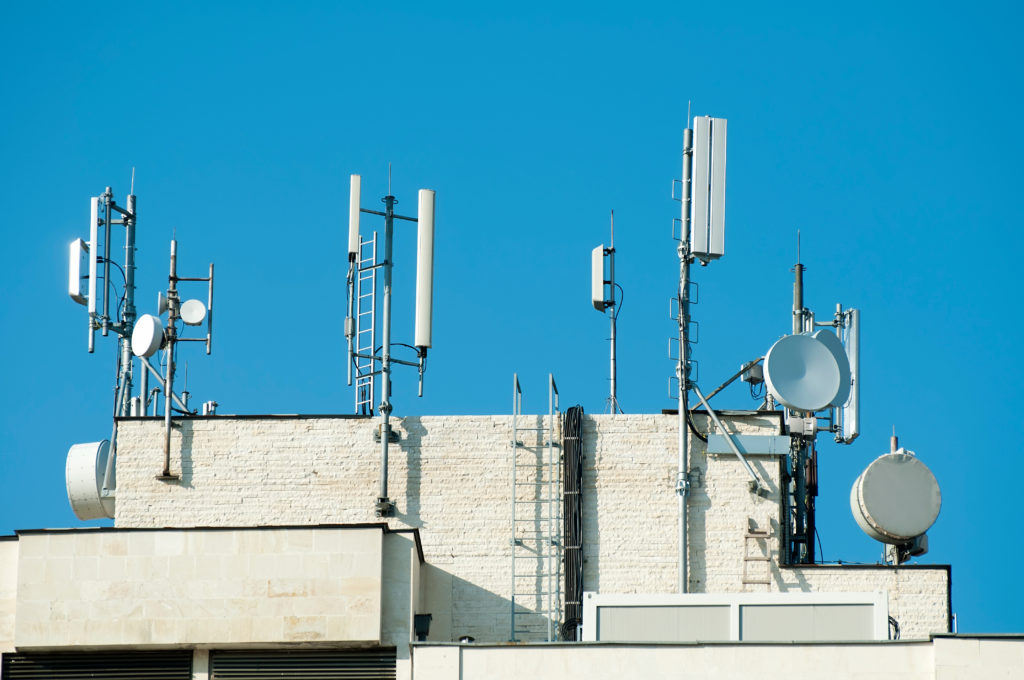
Broadcast and non-broadcast communications transmitting antennas are typically mounted on tall structures in order to achieve long-distance or unimpeded point-to-point signal propagation. Often, in urban settings especially, where there are few or no tall towers on which to mount these antennas, equipment is mounted on the roof of a building. It is not uncommon to see cellular antennas, microwave dishes, public safety radio antennas as well as FM and television station transmitting antennas mounted on a single roof. Unfortunately, these building owners and managers often have little or no knowledge of the actual, combined non-ionizing electromagnetic radiation values on their roofs. The Federal Communications Commission (FCC) regulates the allowable human exposure limits to RF radiation. If a building owner/manager allows a worker to access a roof that has RF levels that exceed the allowable exposure limits, the station owners can be assessed significant fines (often tens of thousands of dollars). In addition, in these cases of overexposure of workers, OSHA, which has adopted the FCC’s exposure limits, will issue fines to the employers or contractors of the workers, allowing them to work in an unsafe environment. These workers can include HVAC workers, elevator maintenance workers, window washers, and roofers, to name a few.
In order to understand the RF environment on a roof that has transmitting antennas mounted to it, the firm of Smith and Fisher can perform a power density survey with state-of-the-art meters and probes in order to determine if there are any areas that exceed the allowable human exposure limits. We can then offer advice as to how to apply controls to those areas in order to mitigate the exposure situation and create a safe working environment. This limits the liability to not only the worker and owner of the transmitting equipment but to the owner of the building as well.
Recent Posts
- The Impact of Radio Frequency Radiation on Everyday Living
- RF Safety: The Silent Protector of Wireless Communication
- How RF Signal Generators Drive Effective Testing Practices
- How Radio Frequency (RF) Testing Enhances Connectivity and Reliability
- The Importance of RF Education in Today’s Tech Landscape


